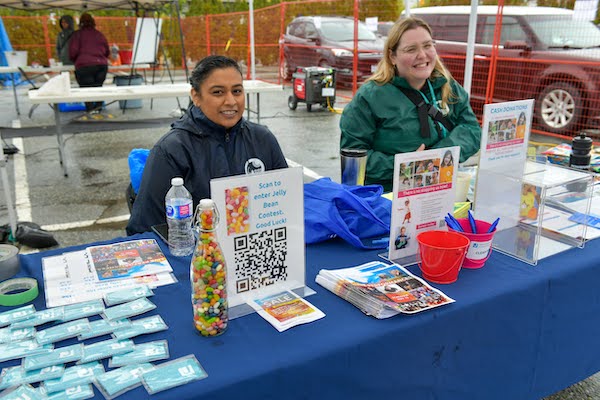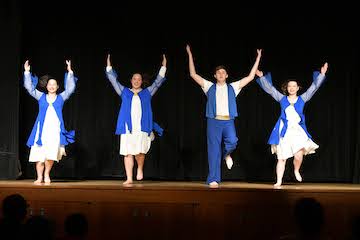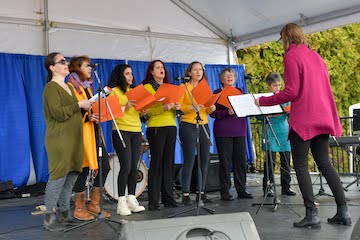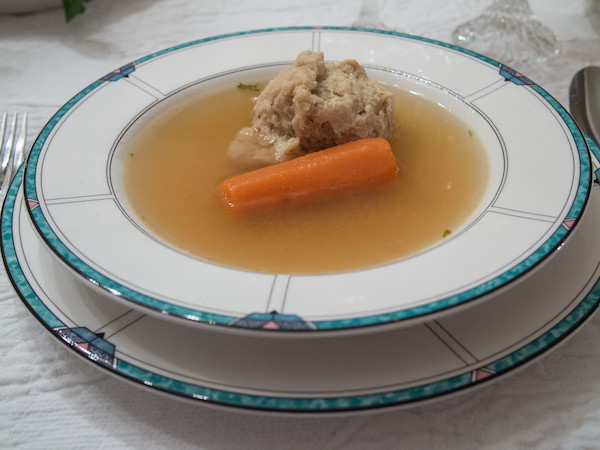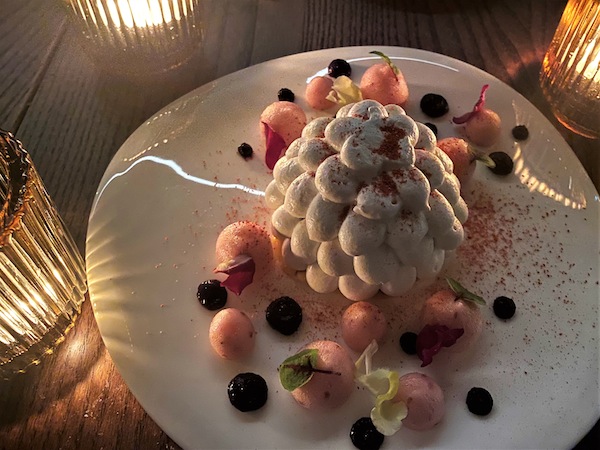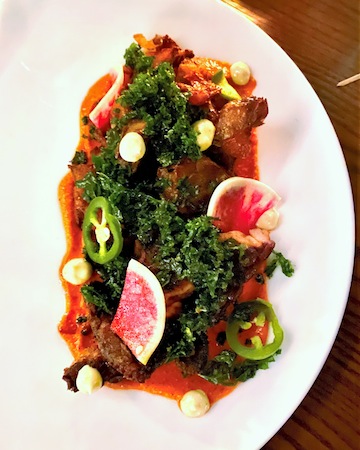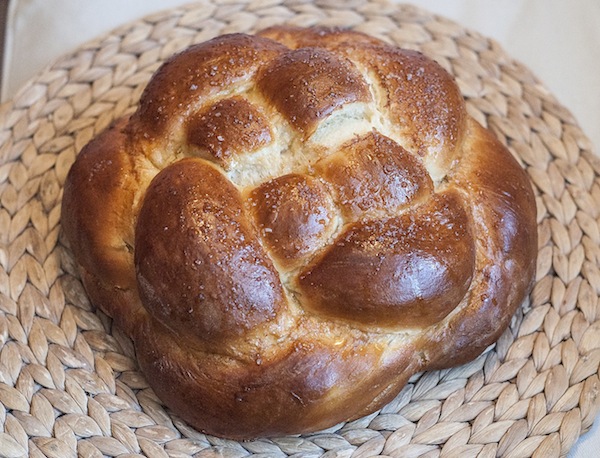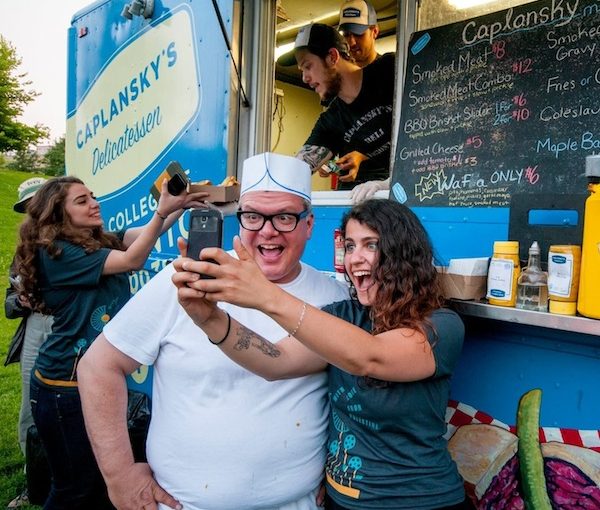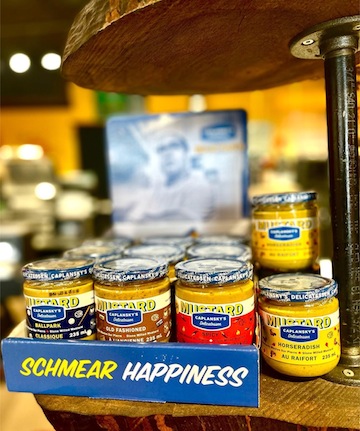Eppy Rappaport with daughters Aviva, left, and Lauren before the opening of Omnitsky’s. (photo from Eppy Rappaport)
Omnitsky Kosher Delicatessen, which, since 1910, has fed generations – first in Winnipeg and, from 1995, in Vancouver – is entering the next phase of its storied existence. Efrem “Eppy” Rappaport, the owner of the landmark establishment for the past 40 years, is preparing for a well-earned retirement as he passes the apron over to the new proprietor, Richard Wood.
Rappaport’s last day at the Omnitsky helm was on Dec. 8 and there is a strong chance that, when this article goes to print, he may be lining up a putt on a Florida golf course.
When the Independent caught up with Rappaport earlier in the month, he was in tremendous spirits as he was getting set for life after Omnitsky’s.
“I feel fortunate, I feel good, I feel exhilarated. I feel blessed to have had all this mazel,” he said, reflecting on his four decades of running the business.
The story of Rappaport’s involvement with Omnitsky’s begins in Winnipeg in the fall of 1979, when he was pursuing a master’s degree in sociology at the University of Manitoba but had decided to take a year off from his studies.

Rappaport’s father, Sidney (Shalom) Rappaport, the rabbi at Winnipeg’s Rosh Pina Congregation, was asked by William Omnitsky, the then-owner of the deli, if he might know of someone who could take over the business. At the time, Omnitsky, whose father Louis founded the deli in 1910, was preparing for his own retirement.
The rabbi suggested his son. Soon afterwards, the young Rappaport met Omnitsky in the store’s small office, and they spoke about the business’s potential and the responsibilities that ownership would entail.
“The story of this place, and keeping the original Winnipeg name, comes from the respect I had for Bill Omnitsky. When I started, I did not have the money to buy a business. He took back the purchase price as long as I trained with him. Four years later, I was able to take it over,” Rappaport said.
In 1995, after operating Omnitsky’s in Winnipeg for 12 years, Rappaport decided that the Jewish community in Greater Vancouver would present a better fit for his family – wife Ellen Rappaport (née Lowe) and daughters Aviva and Lauren. The deli initially settled on Cambie Street, near West 41 Avenue, before moving to Oak Street in 2014.
During his tenure, Rappaport expanded Omnitsky’s at both the retail and wholesale level. As the only full-service kosher store this side of Toronto, Omnitsky’s has a clientele that comes from numerous points on the western North American map. Regular patrons often drop in from Calgary, Edmonton, Victoria and Seattle.
Besides the kosher grocery store, Rappaport added a restaurant with a soup and sandwich bar. As a result, a loyal customer base was established for those fond of soups made from scratch and sandwiches the size one finds in New York and Montreal.
The deli, open Monday to Thursday, 10 a.m. to 6 p.m., and Friday, 9 a.m. to 3 p.m., features a wide selection of favourites, from pastrami sandwiches to knishes, matzah ball soup to a chopped liver “appy.”
With his wholesale operation, Rappaport began making gluten-free hot dogs with no MSG. Several of his products, such as wieners, jumbos and salami, can be found in grocery stores throughout the Lower Mainland, as well as Vancouver Island, under the Eppy’s Kosher label.
Rappaport’s products are also sold to cruise ships, airlines, hospitals, nursing homes and prisons. They have even found their way to possibly his most famous customer, Bette Midler.
From the time he first took over the business from the Omnitsky family, Rappaport has worked long hours, getting in at 6 a.m. and frequently staying until 6 p.m., sometimes even longer into the night, six days a week.
One story that jumps out at him is when the deli had to move from its Cambie Street location to its current location, in 2014. It was in the period leading up to Rosh Hashanah.
“Just as Rabbi [Yechiel] Baitelman was about to place the mezuzah on the doorpost, he looked up and noticed the number 5755 [Oak St.] outside the building, the same year, 5755, which was about to be marked on the Hebrew calendar,” said Rappaport.
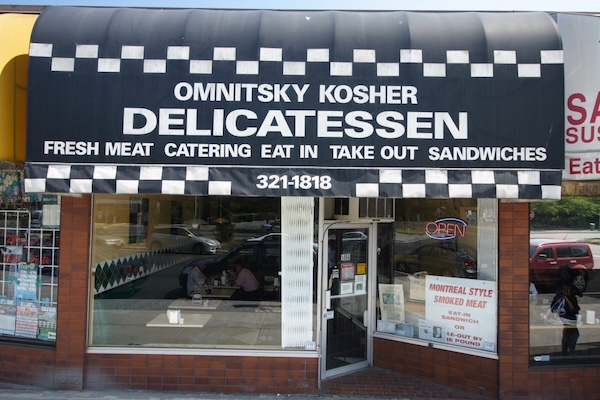
In its 113 years of operation, Omnitsky’s has managed to last through the Great Depression, foreign wars, recessions, inflation, challenges from large grocery stores and, of course, changes in ownership.
In late 2022, Rappaport, who was turning 65, felt it was the right time for him to retire. He placed an advertisement in the Canadian Jewish News to find a buyer for the store, factory, name and delivery trucks. Had a buyer not come forward, Rappaport would have shut the business down.
In an interview last year, Rappaport told a reporter that potentially shuttering Omnitsky’s weighed heavily on him.
“There are a lot of people sitting on the fence of whether they want to keep kosher or not. If they lose the ability to just pop in on their way home from work in order to have something for dinner, then that falls by the wayside,” he said. “The only people who are left are the ones who care and truly want kosher food because it becomes a conscious effort to order it. It becomes more difficult, and a lot of people may use this as an excuse.”
However, a new owner did come along in the form of Wood, the business director at BC Kosher. Rappaport expressed hope that the community would continue to support Omnitsky’s.
“Richard’s passion and commitment to kashrut will continue to strengthen and fulfil the community’s needs,” Rappaport said.
In November, Rappaport wrote a thank you letter to the Vancouver community, published in the Jewish Independent, in which he said it was “impossible to convey the incredible 40-year journey this has been. I truly believe that this labour of love was what I was destined to do in life.”
In that letter, Rappaport said he would treasure the relationships formed with customers and the community over the years, the depths of which exceeded his “wildest dreams.”

“The warmth of so many customers filled my heart on a daily basis,” he said. “I want to thank each and every person who always made me feel that my life’s work was important to them, myself and the community at large. This will stay with me forever.”
Besides golfing, Rappaport said he plans to do some food and time management consulting in retirement. But, he stressed, family time is presently top of his list. And, he adds, he will continue to be a presence in the community.
As is the case with their father, Rappaport’s daughters are both involved with food. Aviva works in dietetics at Fraser Health, while Lauren is a senior scientist for Starbucks in Seattle.
There is no doubt Rappaport will be missed by customers who have long frequented Omnitsky’s. As one transplanted Winnipegger noted nostalgically, “Thanks to Eppy, we had a slice of Jewish Winnipeg in Vancouver. Every time I step into Omnitsky’s, I am transported back to Winnipeg’s North End.”
Sam Margolis has written for the Globe and Mail, the National Post, UPI and MSNBC.


